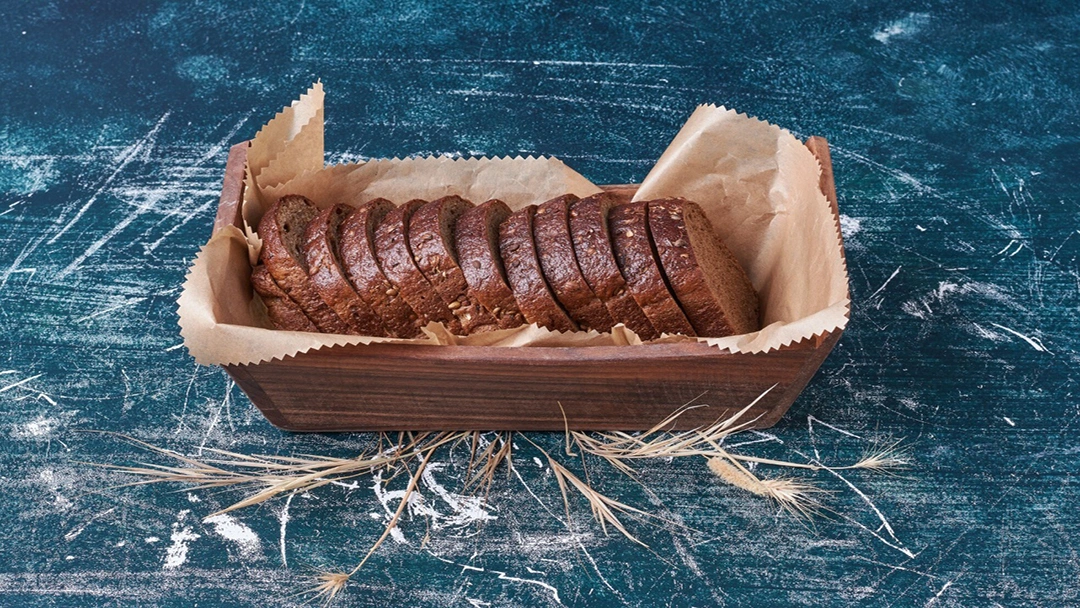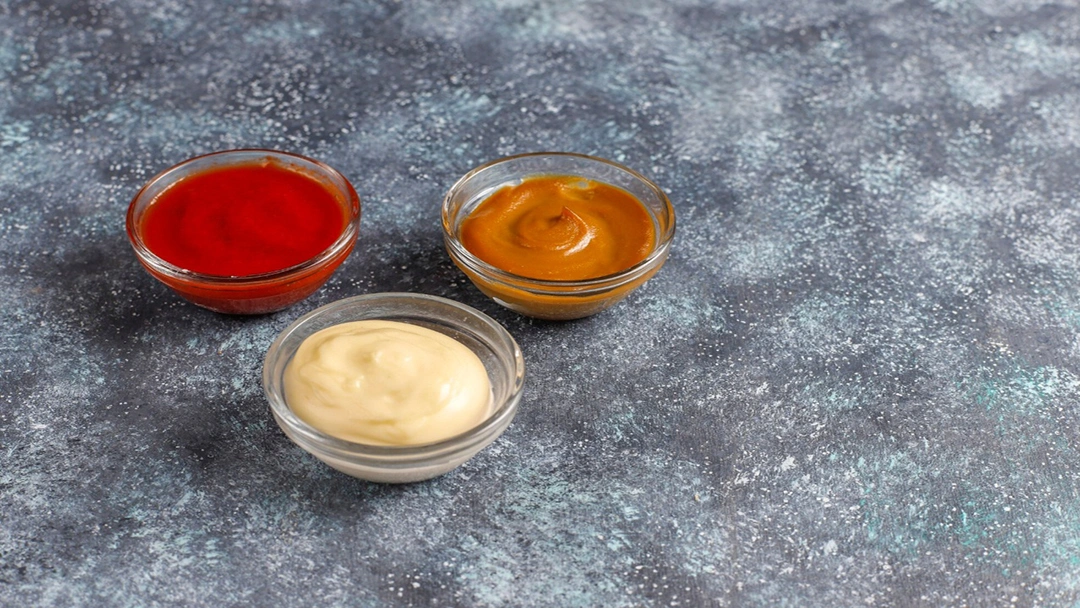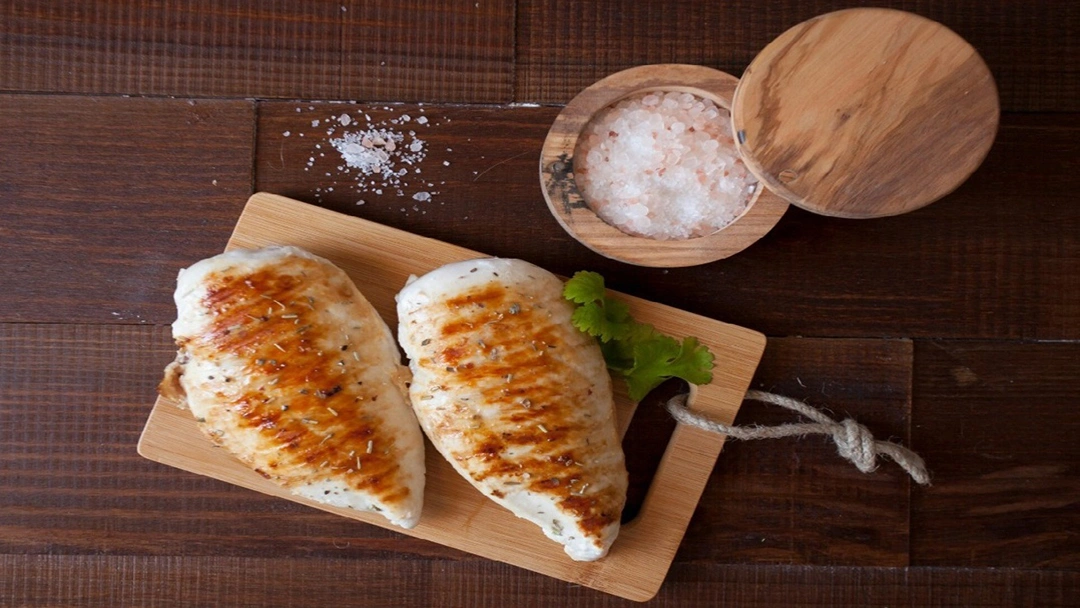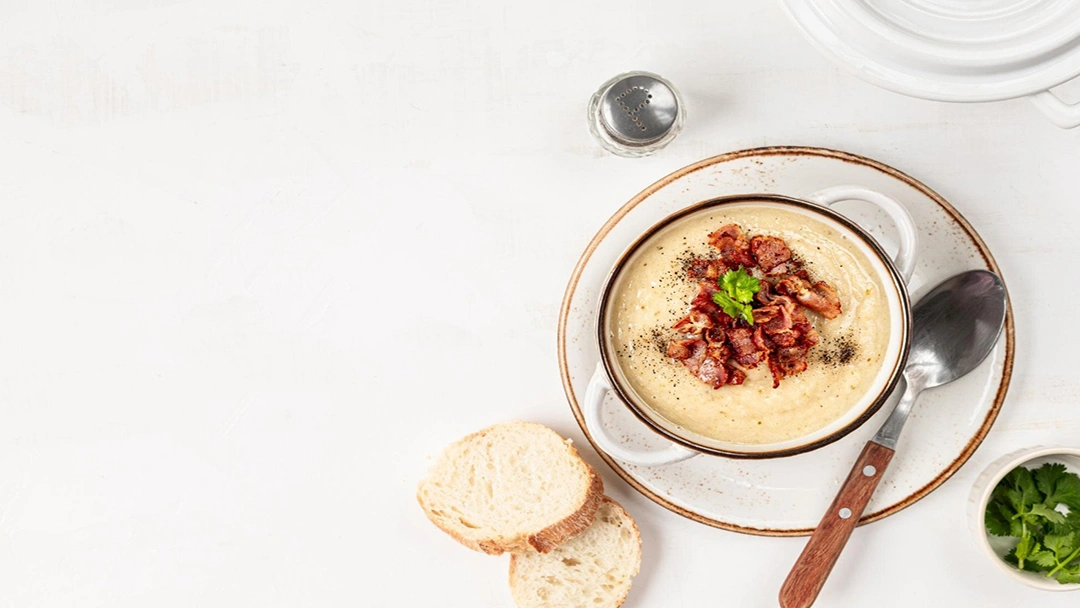The Benefits and Side Effects of Hog Head Cheese
Hog’s head cheese can be a nutritious addition to your diet because it can provide many health benefits, including
- Supporting Muscle Growth and Repair,
- Promoting Healthy Skin, and
- Boosting Nutrient Intake.
[cta-meal-plan]
Supporting Muscle Growth and Repair
Hog head cheese is rich in high-quality protein, providing essential amino acids for synthesizing muscle proteins.
These amino acids help repair muscle tissues damaged during exercise and promote the growth of new muscle fibers, which help athletes, bodybuilders, and individuals recovering from injuries [2].
Promoting Healthy Skin
The natural gelatin from the connective tissues, skin, and bones of the pig's head contains collagen, an important protein.
Collagen helps keep skin firm and elastic, making it look younger and supporting skin repair. It also helps keep joints healthy by cushioning them and supporting cartilage, which can reduce joint pain and stiffness [3].
Boosting Nutrient Intake
Hog head cheese contains essential nutrients, including B vitamins (such as B12), iron, and zinc, which are crucial for many bodily functions, like energy production, immune system support, and red blood cell formation [4].
While hog head cheese is nutritious, it can cause side effects for sensitive individuals, so you need to be aware of these potential issues before consuming it to design a healthy meal plan.
[cta-gocarnivore-plans]
Here are some of the important side effects of hog head cheese:
- Increased Risk of Foodborne Illness
- Digestive Discomfort
- Allergic Reaction
These side effects only happen if you are allergic to pork meat or have digestive problems. If you have these issues, it’s better to consult a healthcare professional; otherwise, don’t worry!
Increased Risk of Foodborne Illness
If hog head cheese is not cooked or stored properly, harmful bacteria, such as Salmonella or Listeria, can grow, leading to foodborne illnesses. Its symptoms can include nausea, vomiting, diarrhea, and severe abdominal pain [5].
Digestive Discomfort
The high gelatin in hog head cheese can be hard to digest for some people with underlying digestive diseases, leading to bloating, gas, or stomach discomfort [6].
Allergic Reaction
Individuals with allergies to pork or specific meat proteins might experience allergic reactions, like hives, itching, and severe reactions like anaphylaxis [7].
You can avoid or minimize these side effects by having hog head cheese in a balanced diet like Carnivore, but you need to consider some factors to avoid possible effects on your diet results.
[cta-meetings]
Can You Eat Hog Head Cheese on a Carnivore Diet?
The Carnivore Diet focuses on animal-based foods, including meat, fish, eggs, and certain dairy products, while eliminating plant-based foods.
This focus on animal-based foods and avoiding plant products is to minimize carbohydrates and increase healthy fats and proteins to reach various health benefits, such as reduced inflammation, weight loss, and improved digestion.
Hog head cheese falls within the range of foods allowed on the Carnivore Diet, as it is low in carbohydrates and high in fat.
However, some recipes for hog head cheese include ingredients and seasonings that are not allowed on the Carnivore Diet, such as vinegar, spices, and preservatives.
If you follow a strict Carnivore Diet, avoiding head cheese with non-Carnivore ingredients is better. Instead, consider making your hog head cheese at home to ensure that you use only animal-based ingredients.
But if you’re on less strict versions of Carinvore, you may consume hog head cheese with minimal plant-based ingredients. Anyhow, let’s see the common ways of consuming head cheese.
Learn More: The Carnivore Diet: Is It Healthy? Benefits and Side Effects
How to Eat Hog Head Cheese?
There are several ways to eat and serve hog head cheese, including:
- Sliced Cold Cuts: One of the most popular methods is to slice the cold head cheese loaf, similar to deli meats or sausages. The slices can be served on crackers or bread or eaten directly.
- Sandwiches: Sliced head cheese makes a protein-rich sandwich filling.
- Appetizers: Head cheese slices or crumbles are frequently included on charcuterie boards, appetizer platters, and other cured meats, cheeses, and nuts.
- Soups/Stews: Some traditions call for crumbling or dicing head cheese into soups or stews.
- Heated: If you like head cheese warm, you can pan-fry or heat it before eating.
[cta-meal-plan]
The same ingredients used in making hog head cheese are used in some African-American tribes to make a souse. Let’s see how it differs from hog head cheese and if it’s something worth trying.
US Red Meat Consumption in 2018
According to the USDA, Americans consumed about 222 pounds of red meat per capita in 2018, which includes beef, pork, veal, and lamb.
Learn More: 15 Simple Carnivore Soup Recipes with Chicken, Beef and Pork
Hog Head Cheese vs. Souse
Souse soup is a traditional Caribbean dish with pork, and sometimes chicken simmered in a broth with aromatic spices.
The broth is seasoned with herbs and spices like thyme, allspice, and bay leaves, giving the soup its unique Caribbean taste.
You can see the comparison between hog head cheese and souse in the following table.
| Feature | Hog Head Cheese | Souse |
|---|
| Main Ingredients |
Primarily the head of a pig (meat, skin, sometimes tongue/brains) |
Various parts of the pig (head, feet, hocks), sometimes organs |
| Preparation |
Boiled to soften the meat, then chopped and mixed with gelatinous broth |
Simmered with spices and vinegar until tender, then allowed setting |
| Texture |
Firm and gelatinous |
Soft and jelly-like |
| Meat Form |
Chopped/shredded meat pieces |
Meat removed from bones |
| Consistency |
Solid, sliceable loaf/terrine |
Thin soup/stew broth |
| Serving |
Sliced and eaten cold |
Eaten as a soup or stew |
[cta-gocarnivore-plans]
Conclusion
So, looking to find an answer to the question, “What is hog head cheese?”, we found that it’s a traditional dish made from edible parts of the pig's head, such as the tongue, snout, cheek, and ears.
You can use it cold or warm, in sandwiches or stews, but remember that if you’re buying the pre-cooked head cheese, always check the ingredients to make sure there are no harmful additives or preservatives, especially if you’re on a low-carb diet like Carnivore.






























